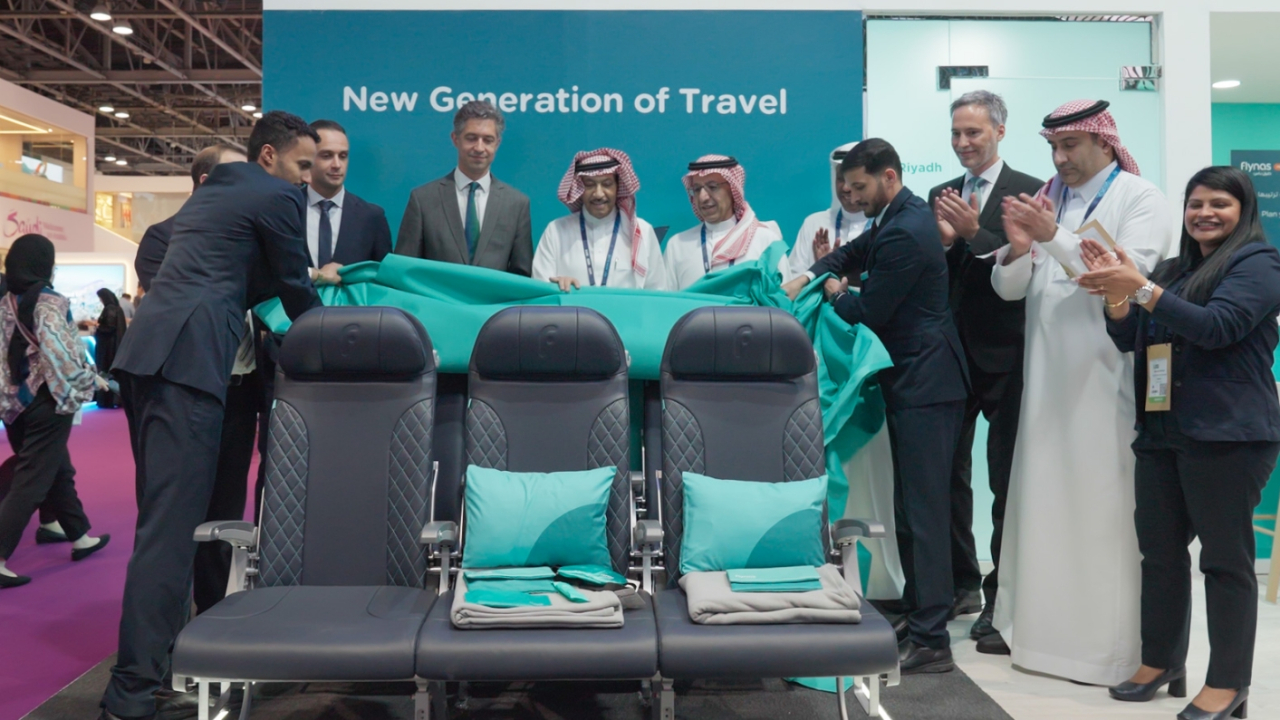MEBA10: Iacobucci sitting pretty with new 'sky limousine' seat

“We felt there was room in the market for another player focusing entirely on the business and VIP sector,” said project manager Domenico Cosentino. “We set out to meet the needs of the aircraft OEMs for reduced weight and easy maintenance, as well as the aircraft owners’ demands for comfort, good looks and plenty of features.”
Development work by a 20-person team at the company’s Ferentino factory south of Rome started about two years ago. A first prototype was displayed at Aircraft Interiors Expo in Hamburg this April. “The response there convinced us of the potential of the project, and we set out to collaborate with BMW Designworks USA to develop the unit on show here,” said Cosentino.
Brainstorming sessions with the BMW industrial design gurus identified a need to create a much more modern look than is customary in business/VIP aircraft. “The usual bizjet seat tends to look a bit like your sofa at home,” said Cosentino. “We wanted to produce something that both looks lighter and weighs less. And we borrowed from automotive practice because bizjet users are also accustomed to high-end cars.”
The result is a seat that not only meets the industrial design brief but also incorporates a number of interesting structural and operational features.
Seatpan
The cradle mechanism causes the seatpan to move forward as the back reclines to form a full-length flat bed. Competing flat-bed solutions for business aircraft usually require the use of two seats turned to face one another.
The armrest/side panels are cut out to contribute to the impression of lightness. They can also slide down to facilitate access by passengers with reduced mobility. And the vertical slide mechanism incorporates provision for friction to avoid an unnerving clunk.
Structural innovations include the use of an aviation-grade flammability-tested fabric instead of a metal seatpan and backrest. “This cuts weight and enhances passenger comfort by providing better support for the cushioning,” Cosentino said. “The cushions themselves were designed after extensive pressure-mapping work – we selected foams with different densities for various parts of the seat to maximise passenger comfort.”
Iacobucci has just started testing with the aim of obtaining 16g certification before the end of next year. “We’re currently looking for a certification partner,” said Cosentino. “In the meantime, we have started reliability and vibration tests, and will launch the static and dynamic work next month.”
Stay up to date
Subscribe to the free Times Aerospace newsletter and receive the latest content every week. We'll never share your email address.

